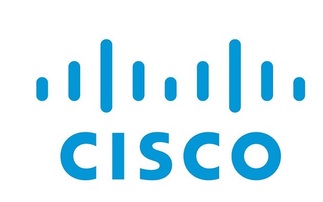Twelve venues being assessed for technical requirements
World Cup football organiser Fifa will begin a tour of 12 German stadia next month to assess the technical requirements for the 2006 tournament. IT partner Avaya will work with Fifa to audit ea...
To continue reading this article...
Join Computing
- Unlimited access to real-time news, analysis and opinion from the technology industry
- Receive important and breaking news in our daily newsletter
- Be the first to hear about our events and awards programmes
- Join live member only interviews with IT leaders at the ‘IT Lounge’; your chance to ask your burning tech questions and have them answered
- Access to the Computing Delta hub providing market intelligence and research
- Receive our members-only newsletter with exclusive opinion pieces from senior IT Leaders
















